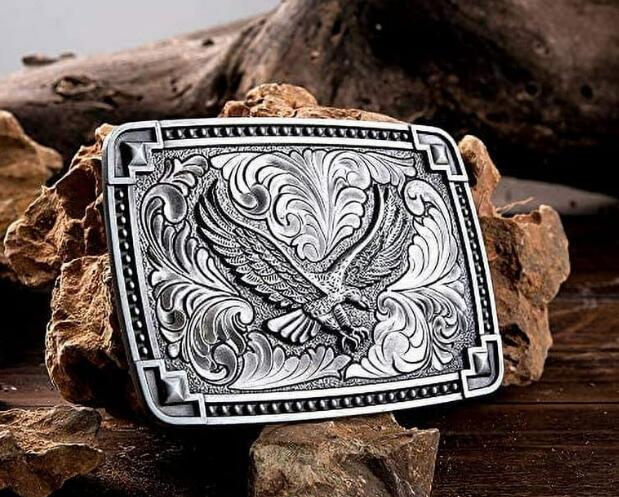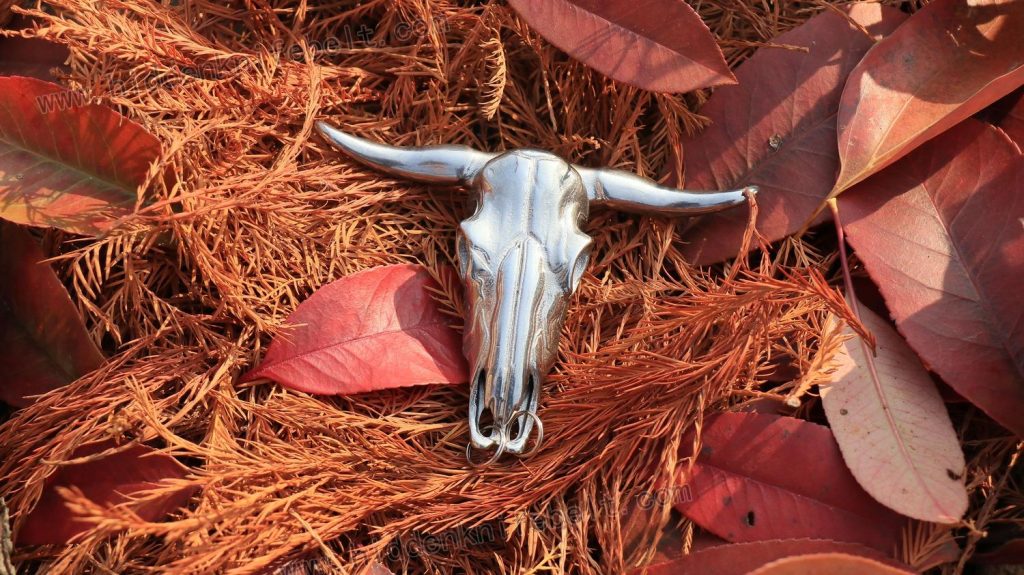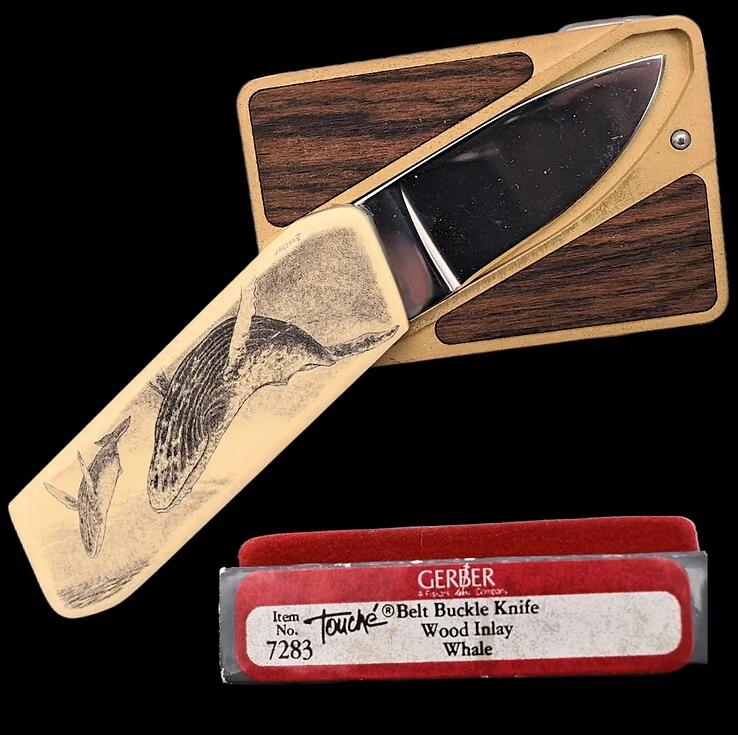Ever wondered why cowboys’ belt buckles are so big or why some belt buckles have holes drilled in them? Dive into the fascinating world of belt buckles with me as we explore some intriguing questions that might have crossed your mind.
Table of Contents
Why Do Cowboys Wear Big Belt Buckles?
As someone deeply intrigued by the cultural significances behind fashion choices, I’ve always been fascinated by the cowboy’s choice of large belt buckles. Let me take you on a journey through history, functionality, and symbolism that these iconic accessories carry.

The Historical Context
The tradition of wearing big belt buckles among cowboys has roots deep in the history of the American West. Originating from the Spanish vaqueros, the predecessors to the American cowboys, these large buckles were not just for show. They symbolized the cowboy’s hard work, dedication, and the rugged lifestyle that defined the American frontier.
Functionality and Symbolism
Beyond their historical significance, big belt buckles serve a functional purpose. They make it easier to fasten and adjust the belt, an essential feature for cowboys who spend long hours on horseback. Symbolically, these buckles have become trophies, often awarded at rodeo competitions, representing honor, achievement, and prowess.
Moreover, in cowboy culture, a belt buckle can tell you a lot about the person wearing it. From the size and design, one can infer not just personal achievements but also regional affiliations and even personal values.
Why Are Men Always Touching Their Belt Buckles?
Have you ever noticed how men often have a habit of touching or adjusting their belt buckles? This behavior, deeply rooted in psychology and body language, reveals more than just a simple gesture. Let’s delve into the reasons behind this fascinating behavior.

Touching the belt buckle can be a subconscious act of asserting dominance or preparing for action. In social contexts, it may serve as a way to draw attention to the waistline, subtly highlighting strength or virility. Moreover, this gesture can also be a comfort-seeking behavior, a way for individuals to reassure themselves in social situations or when feeling anxious.
From a practical standpoint, frequent touching or adjusting of the belt buckle might indicate a poor fit or discomfort with the clothing itself. However, on a deeper level, it can be seen as a non-verbal cue, signaling various emotional states or intentions.
Why Belt Buckle Has Hole Drilled in It?
Curiosity often strikes when one observes a belt buckle with a hole drilled in it. Is there a practical purpose, or is it purely aesthetic? Allow me to clarify this peculiar design choice.
The presence of a hole in a belt buckle serves multiple purposes. Primarily, it reduces the weight of the buckle, making the belt more comfortable to wear over long periods. It also has a functional aspect, allowing for better grip and adjustment of the belt.
Additionally, from a design perspective, the hole can serve as a unique aesthetic feature, giving the buckle a distinctive look. Some designers use this feature to incorporate their brand’s logo or other symbolic elements, adding a layer of personalization to the accessory.
I’m Getting Itchy Red Skin from Nickel Belt Buckle, So Why Do Belt Buckles Use Nickel?
The discomfort and allergic reactions caused by nickel in belt buckles is a concern for many. Despite this, nickel remains a common material in buckle manufacturing. Let’s explore the reasons behind this seemingly paradoxical choice.
Nickel is used in belt buckles primarily for its durability, resistance to corrosion, and affordability. However, its allergenic properties can cause contact dermatitis, leading to itchy red skin for those sensitive to the metal.
Manufacturers continue to use nickel due to its cost-effectiveness and the aesthetic appeal it adds to the buckle. Nonetheless, awareness of nickel allergies has led to the emergence of nickel-free alternatives, catering to those affected by this issue.
Why Is a Belt Buckle Called a Wrap?
The term “wrap” in relation to belt buckles might puzzle some, but it has a straightforward explanation rooted in the buckle’s design and function. Let’s unwrap this terminology together.
Historically, the term “wrap” refers to the way a belt buckle encircles the fabric of the belt, effectively ‘wrapping’ around it. This terminology emphasizes the buckle’s role in securing the belt material, providing a snug fit around the wearer’s waist.
In some contexts, “wrap” can also refer to a specific style of buckle that features a more enveloping design, covering more surface area of the belt. This design not only secures the belt more effectively but also offers a unique aesthetic appeal.
FAQ
- Why do cowboys prefer big belt buckles?
- Big belt buckles symbolize the cowboy’s achievements, are functional for their lifestyle, and carry historical significance.
- Can touching the belt buckle indicate body language?
- Yes, it can be a subconscious gesture of dominance, comfort-seeking behavior, or a signal of various emotional states.
- Why do some belt buckles have holes in them?
- The hole reduces weight, improves grip for adjustment, and can serve as a unique design element.
- What can I do if I’m allergic to nickel in belt buckles?
- Look for nickel-free belt buckles, which are becoming increasingly available due to growing awareness of nickel allergies.
- What does “wrap” mean in relation to belt buckles?
- The term “wrap” refers to how the buckle secures and encircles the belt, highlighting its function and sometimes its enveloping design.


